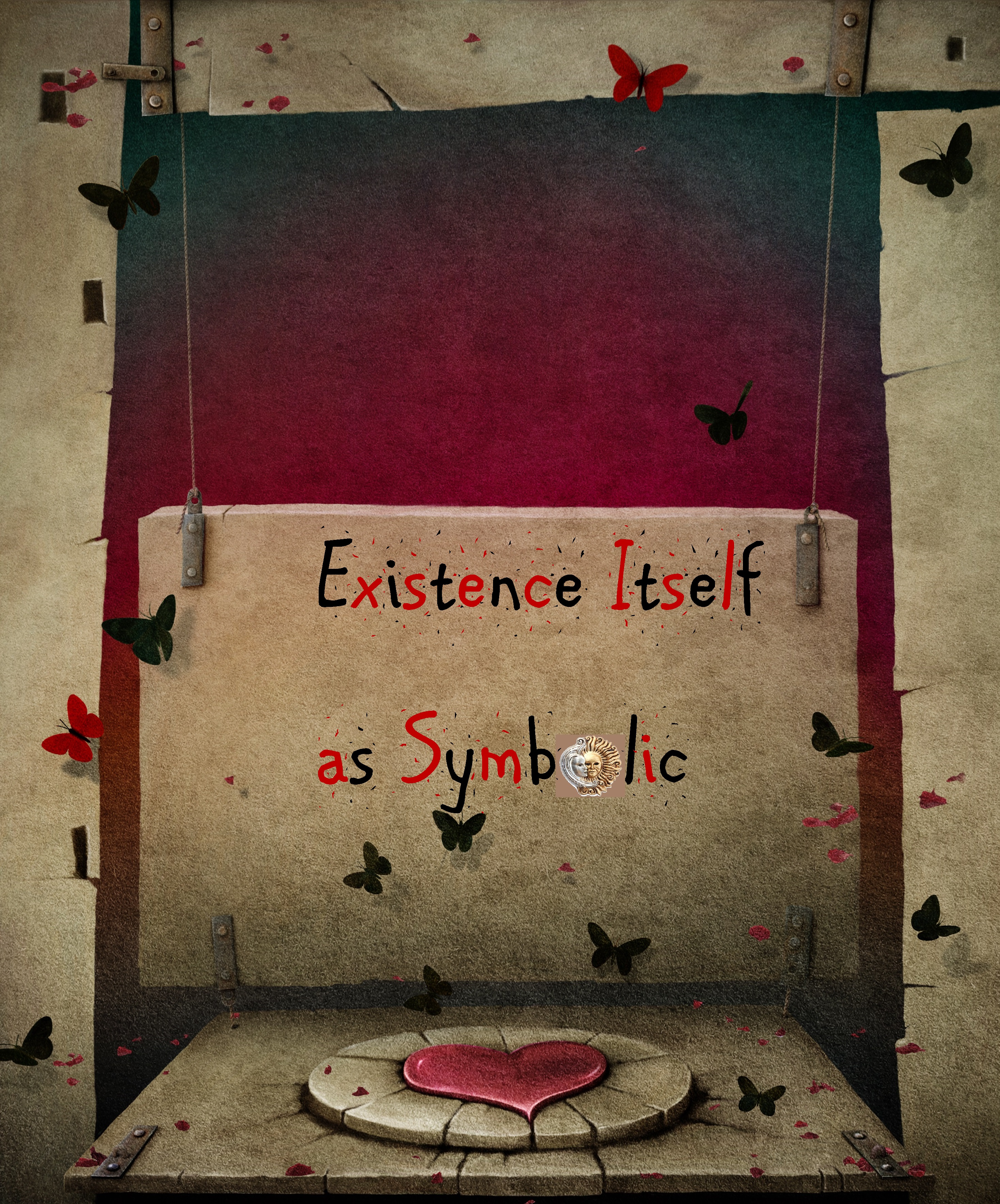
What we find with respect to the history of psychotherapy in the Western world is that it preserved more practical aspects like the exchange of vows, prayer, and confession whilst abandoning “superstitious” aspects deemed irreconcilable with ecclesiastical dogma (i.e. magical invocation, voluntary possession, and rituals). The Catholic Church, now a self-appointed intermediary between the One True God and his herd, encouraged the rustic population to divulge their “sins” in private confessions with priests and bishops where an act of disclosure was supposed to lighten the burdens of the soul. According to Christian factions this was supposed to result an instant improvement of health, allowing the individual to continue his or her life unencumbered by sentiments that obviously instigated psychogenic disease. Some valid psychological knowledge pertaining to the inner life obviously abounds in the moral theology of Christian denominations but the cryptic, abstract manner of application made it inaccessible to the broader public. Nonetheless the cosmological underpinnings of St. Augustine’s autobiographical treatise Confessions and of the psychological novel in the nineteenth century are both articles that support the notion that dynamic psychology was influenced by confessional practice.
Initiated by Martin Luther (1483-1546), John Calvin (1509-1564), and other progressive theologians of the sixteenth-century, the Protestant reformation formulated a specific confessional variant called the “Cure of Souls”. Quintessentially, there was nothing remarkable about the procedure that might differentiated it from other more traditional forms of confession save for the fact that the clerical man who practiced it possessed an obvious talent for readily extracting the pathogenic secret from a patient’s subconscious after which he would offer the requisite spiritual advice to ease the pneuma’s suffering. Protestant reverends and bishops who utilized “Cure of Souls” were also required to engage their patients or clients actively in one-on-one counselling and help generate the requisite environmental conditions for viable solutions to become evident. This tradition is quite like modern psychotherapy where the psychotherapist and patient work together in a “hermetically sealed” environment to heal the psyche.
It remains uncertain as to when this therapeutic method transcended exclusive Protestant loops to become a principal phenomenon of pastoral healing but from the historiography that we have available it appears that the inversion had been made by the late eighteenth century when Mesmerism and Spiritism had emerged and were beginning to impact the evolutionary course of dynamic psychiatry. This was also the time that the French aristocrat Armand-Marie-Jacques de Chastenet, Marquis de Puységur (1751–1825) accidentally discovered “magnetic sleep”, a narrowed state of consciousness that later became known as hypnotism. In 1786, the Count of Lutzelbourg employed the same method of hypnotizing patients as Puységur and discovered that the contracted state of consciousness encompassed knowledge of pathogenic secrets kept hidden from the normal waking state, perhaps for the sake of protecting the individual from deep trauma and/or a subsequent fragmentation of the personality. To give an example a patient who expressed the deepest trust and admiration for a male friend with which he was obviously besotted revealed during a hypnotic trance that various actions on the part of the latter had led to a betrayal of the first degree that wounded him deeply.
Two fascinating aspects about the pathogenic secret is that it tends to surface from the depths of unconsciousness in a completely involuntary and unprecedented manner and on a condition of free will facilitated by the intercession of the psychotherapist, in this case a clerical man or priest. These noteworthy characteristics are illustrated in an 1888 play by Ibsen called The Lady of the Sea in which a woman named Ellida is suffering from a neurosis associated with the sea. Ellida appeared to be normal in every way save for the fact that she experienced strong and powerful sentiments when near and around the sea or even at the mere suggestion of the sea and any concept that might be linked to it. The sea spilt into every denomination of her life including her relationship with acquaintances and friends: she instructed an artist to depict a dead siren on the shoreline; told a sculptor to create a sea-theme involving sirens, Tritons, and Vikings; and told everyone she met that a baby she had which died a long time ago had aquamarine-colored eyes that took on the shades and consistencies of the ocean.
Her central philosophy revolved around the idea that humanity would have been much better off as a marine animal rather than a terrestrial one and that all sorrows and pains experienced by human beings today are nothing more than a bitter memory of that mistake. Little by little, the audience learns that Ellida had once fallen in love with a handsome seafarer that abandoned her on mysterious premises. After some years this seafarer mysteriously reappeared again to take up Ellida on a vow of matrimony that she had allegedly promised him when they were together. But her marital status had since changed and she was now wed to another man. In the end, Ellida is given the freedom to choose who she wants to be with. To the audience’s surprise she adheres to a sense of duty and the higher call of her own conscience and remains with her husband. Of course having been given the freedom of making a choice, no matter what the nature of that choice is, was a phenomenon that liberated Ellida from her subconscious predicament; her outright rejection of the long-lost object of her desire led to closure and in effect healing.
Coming into the nineteenth and twentieth centuries there is ample proof that methods of healing that involved bringing pathogenic secrets to one’s personal sphere of self-awareness were assimilated by Pierre Janet and Sigmund Freud into their own psychological models where they became repression, traumatic memories, and guilt caused by neurosis. On reflection, I’m sure there are many people in this world who have found peace and healing through the acknowledgement and subsequent resolution of a pathogenic secret. Somehow, the creation of a circumstance that forces one to reject the subject or object one’s desire encompasses powerful therapeutic properties (as well as restoring one to their senses and to reason!). I know that I’ve experienced it before, many times in fact. The most amusing thing about psychosomatic illnesses, neurosis, and other disorders that are caused by pathogenic secrets is that time sometimes nullifies the objectified desire so much that the act of obtaining it doesn’t seem nearly as gratifying anymore. An evolution of consciousness will definitely do that. It severs the desirer from what is desired; the lover from what is beloved. Humans are indeed an unusual species–but we love us all the same!









